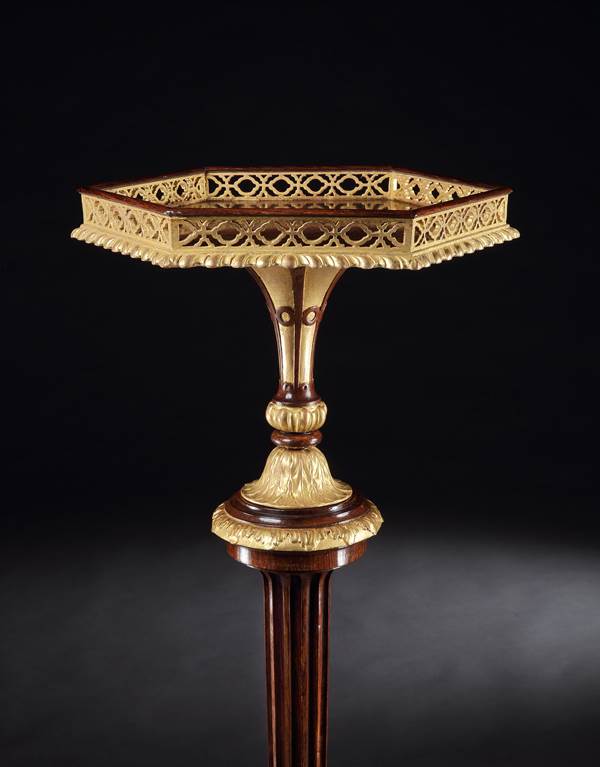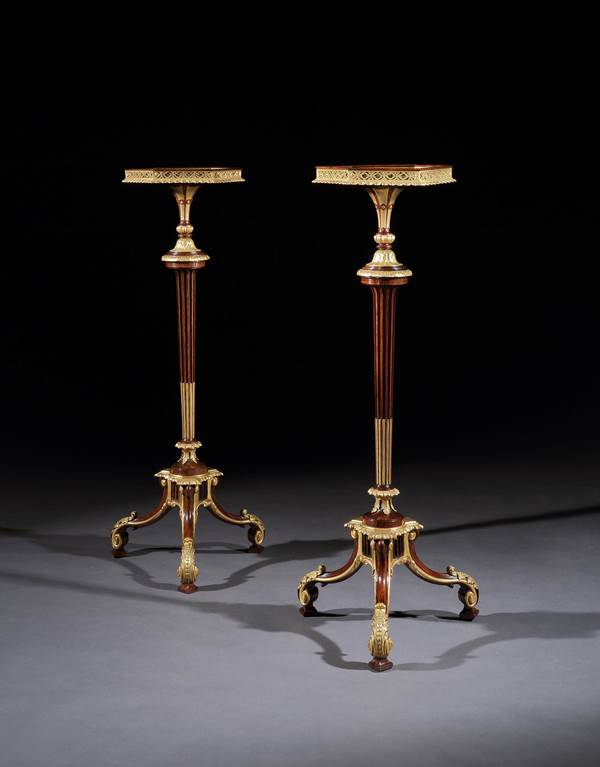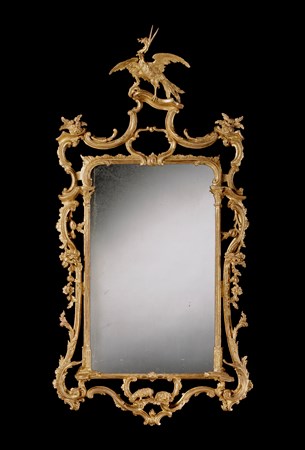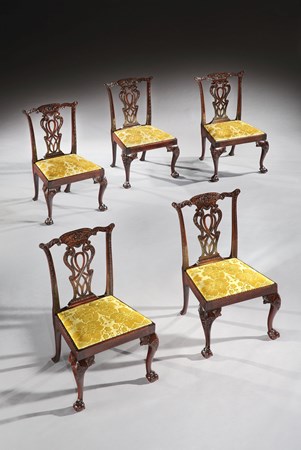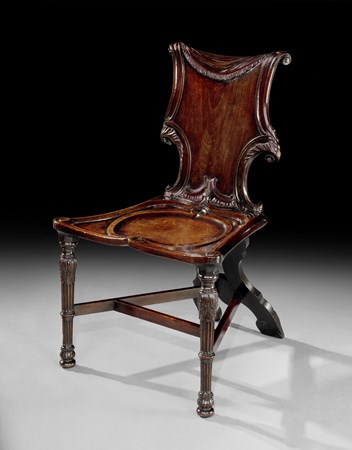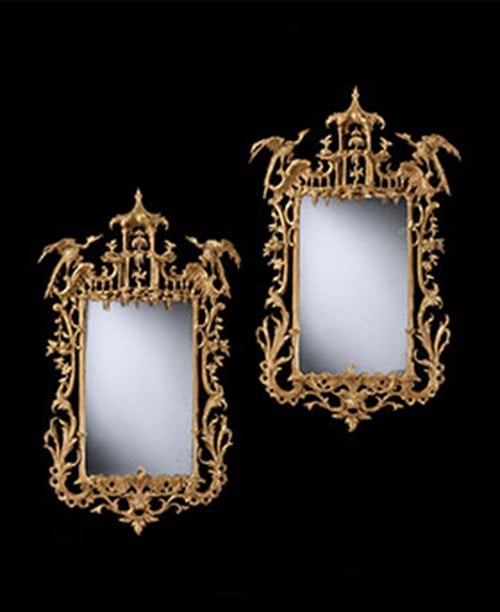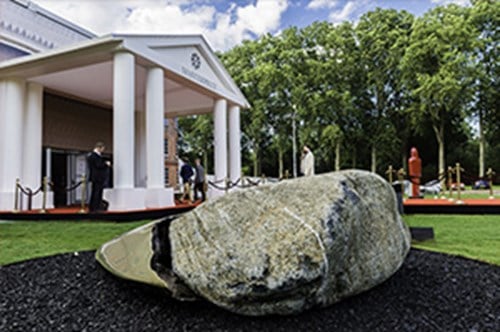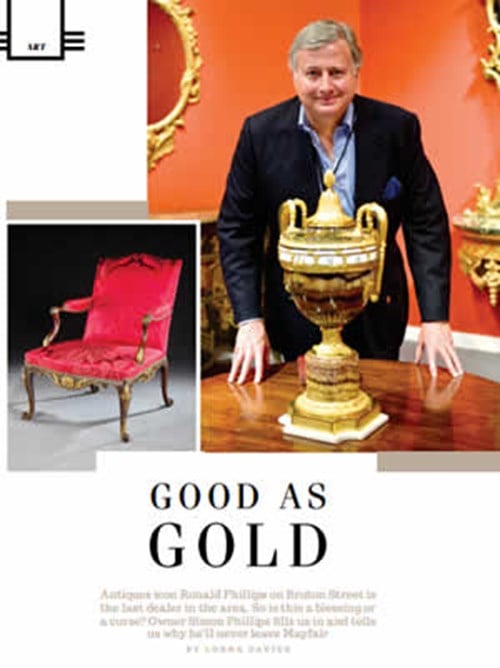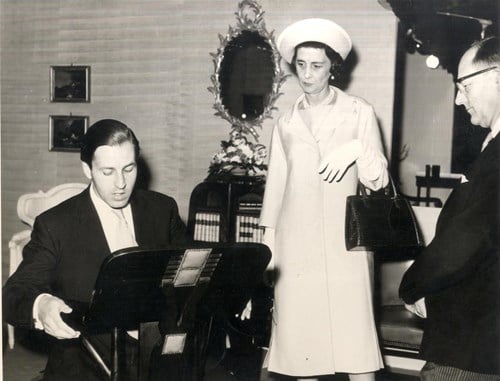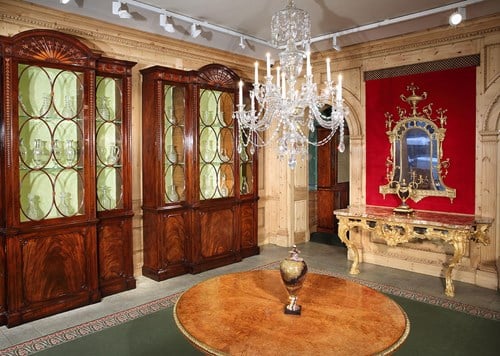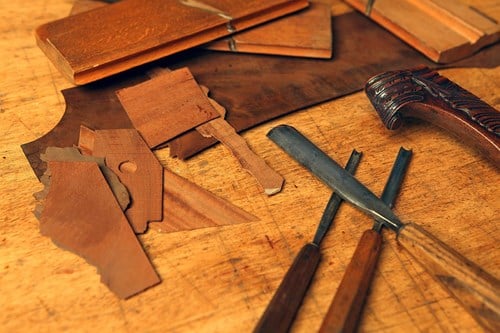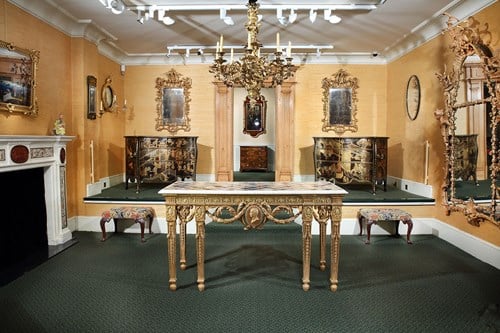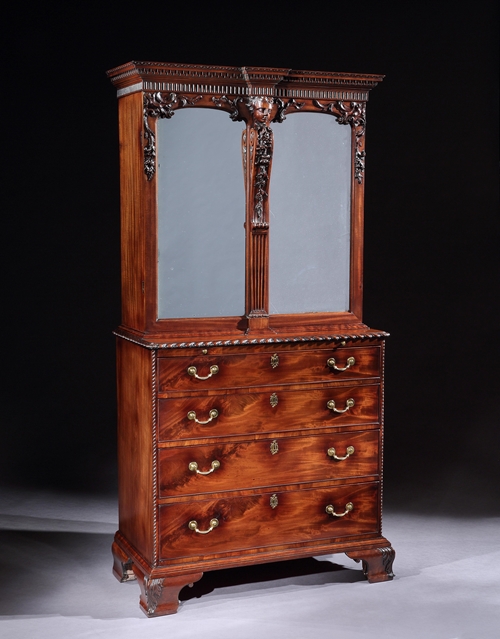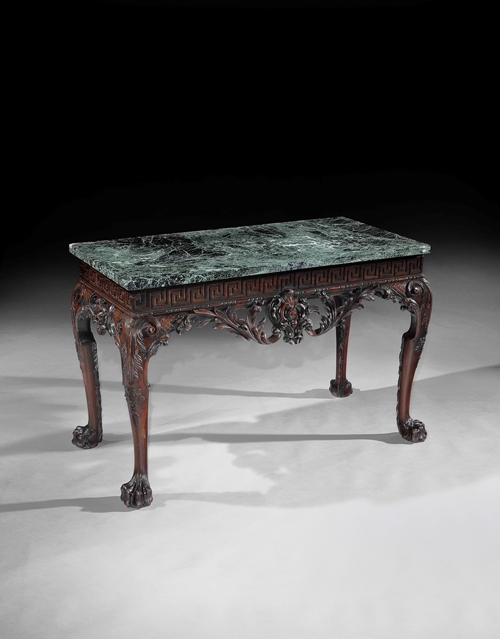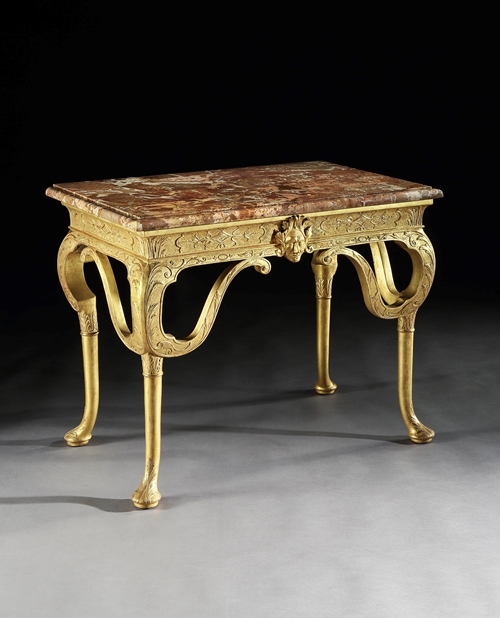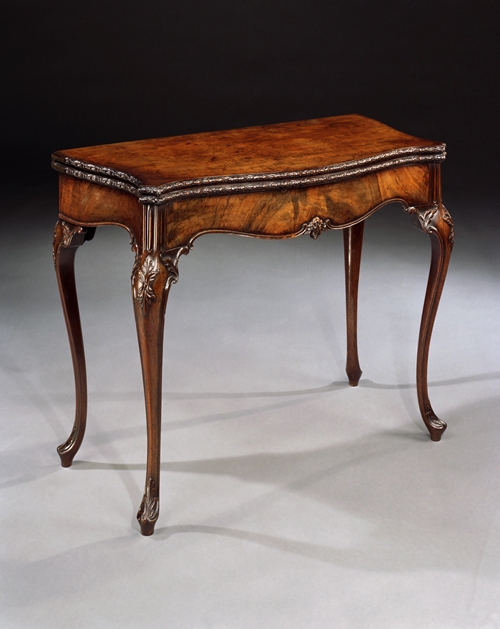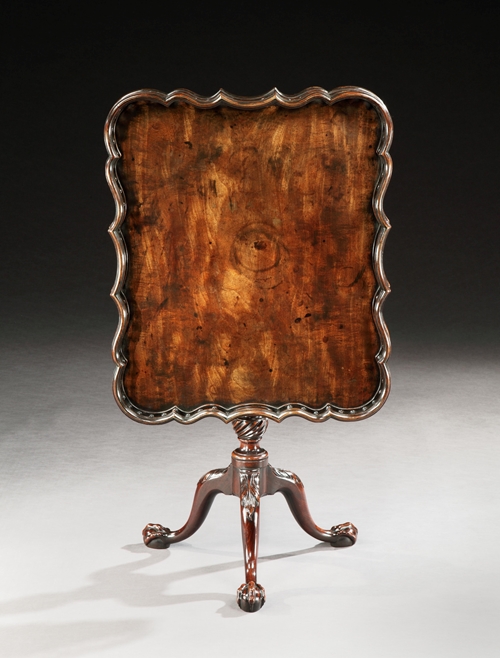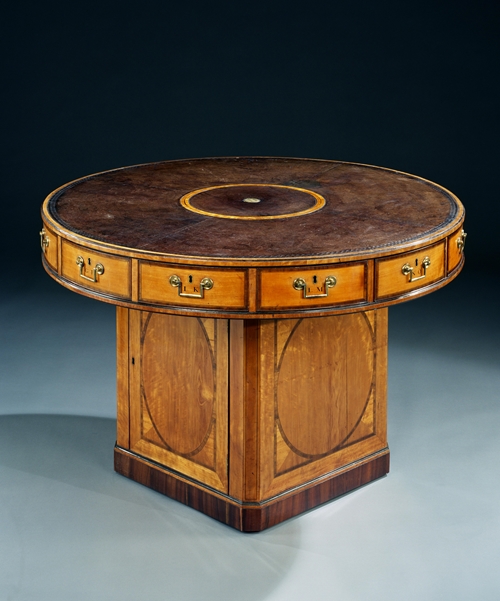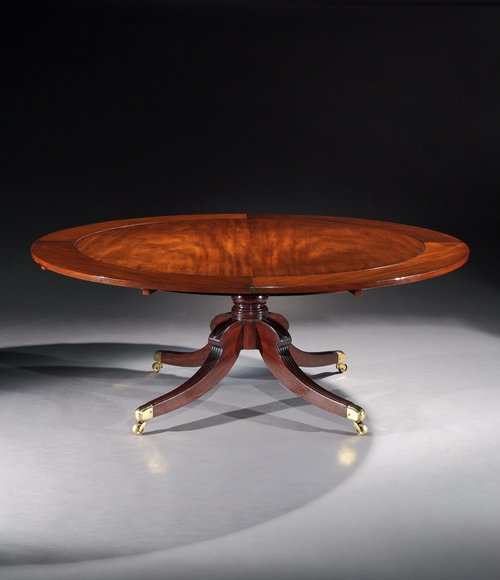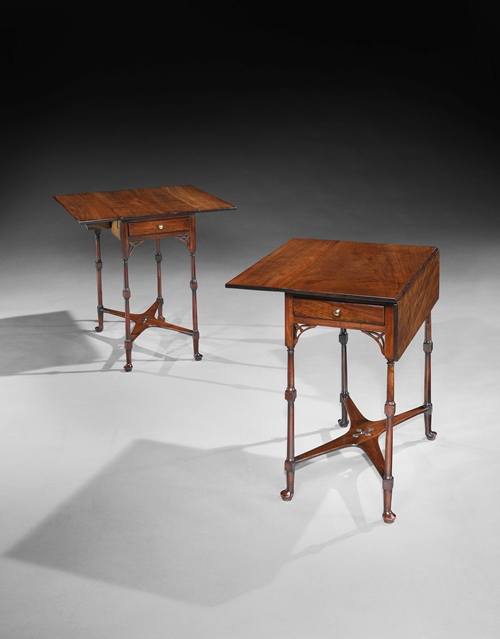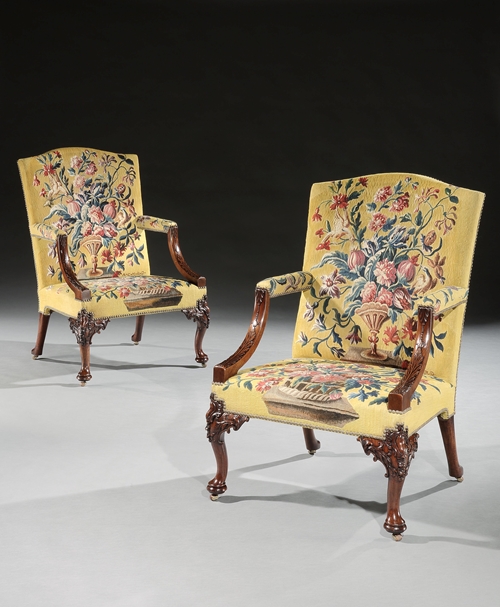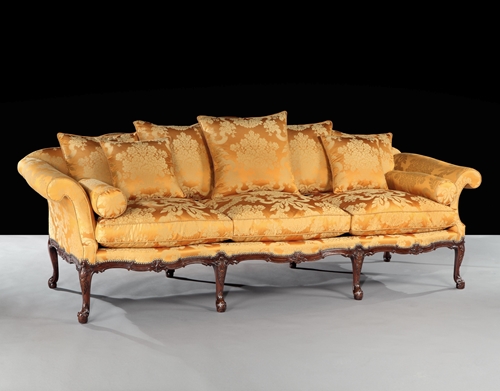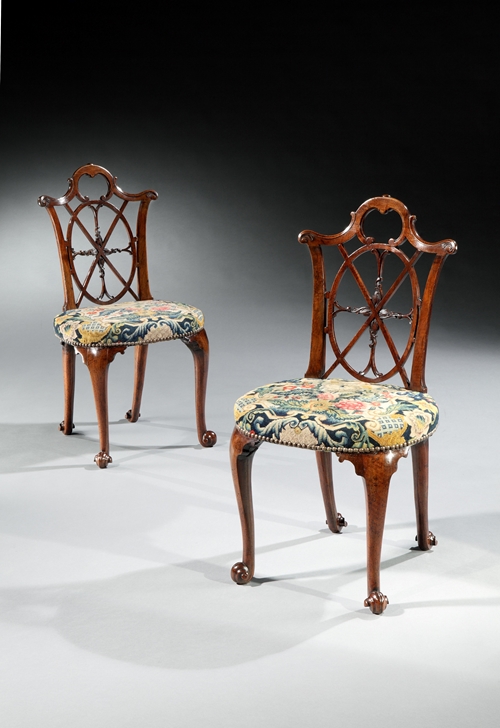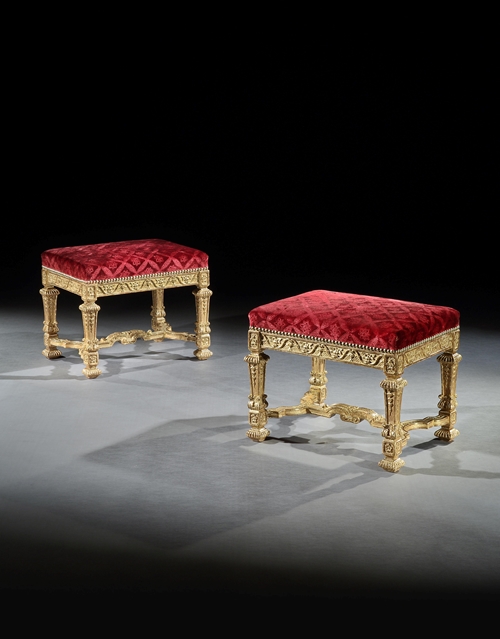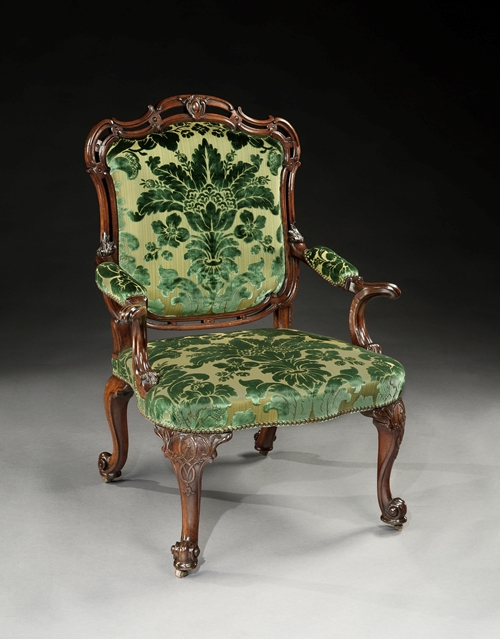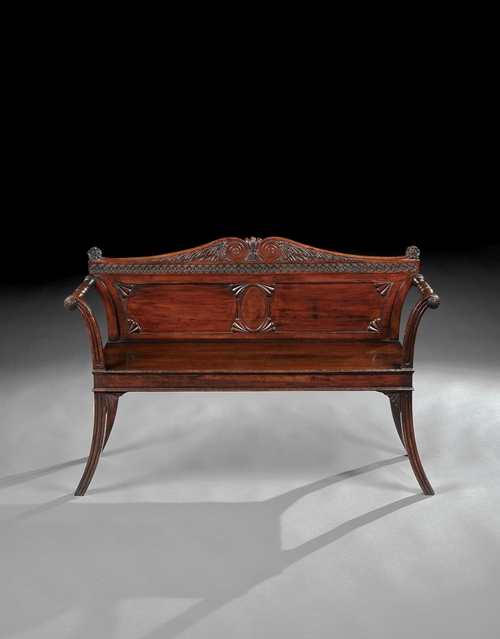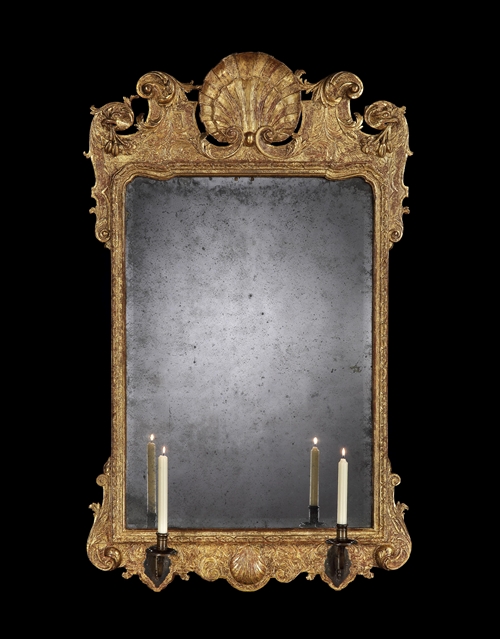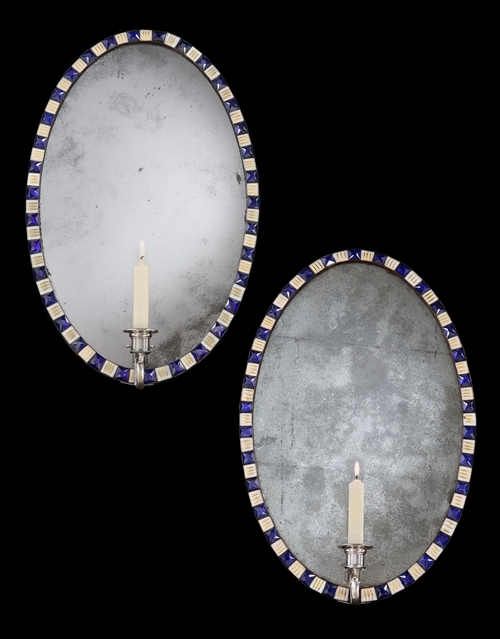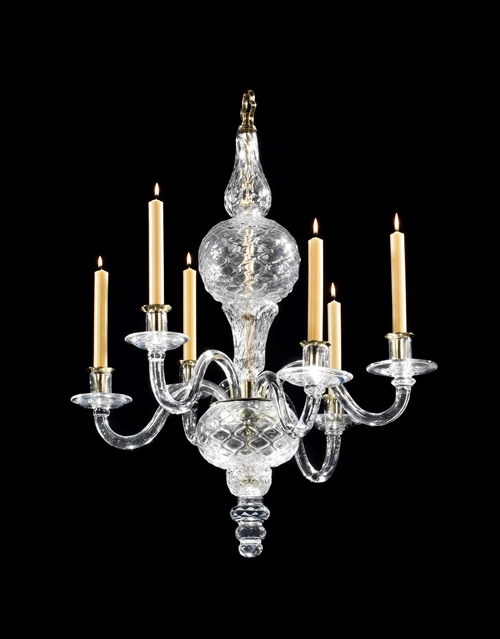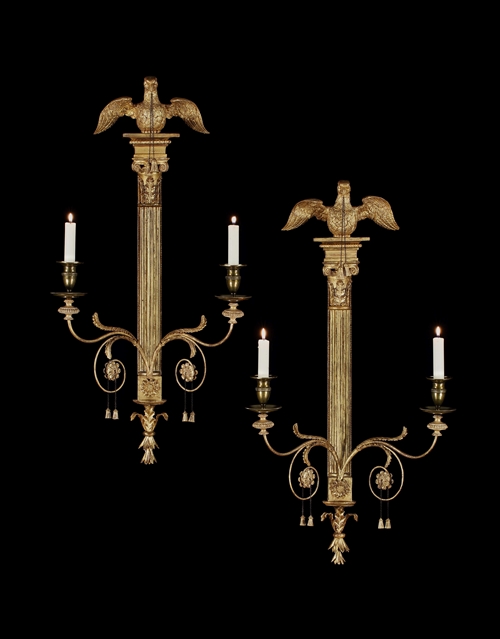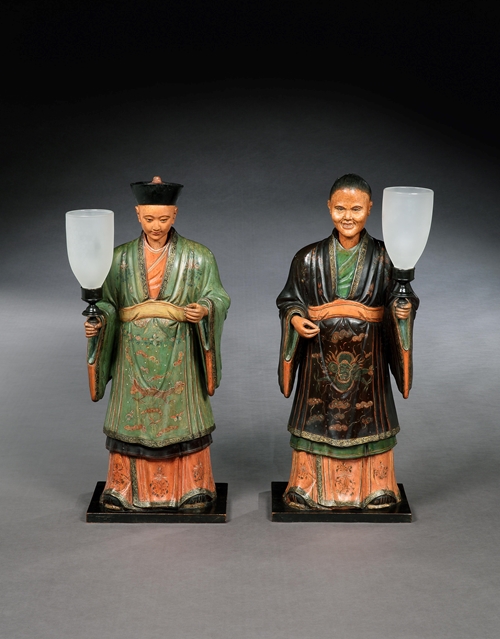The only two commissions for documented torchères from the Chippendale workshop were for Blair Castle, Perthshire, Scotland, and Brocket Hall, Hertfordshire, England. With twelve different designs for candle stands in the first edition of Chippendale’s Director, and twenty-one in the third edition, torchères or candle stands are clearly under-represented in the known canon of documented Chippendale pieces. We know that these stands were used in considerable numbers, and it is probably because of their fragility that so few have survived. When electric lighting was introduced, torchères eventually became redundant except for displaying decorative objects.
The design of the torchères does not follow any of the known Chippendale drawings, but all the individual elements can be found on other documented pieces by him. Chippendale never followed his own designs precisely, generally adjusting them for the needs of each client, and these torchères are typical examples of this practice. It is likely that some of their design features also appear within the setting for which they were commissioned. They would without doubt have been part of a larger decorative scheme for which other pieces would have been similarly constructed in rosewood and parcel gilt.
The quality and attention to detail of these highly important torchères is outstanding. They are constructed mainly from what Chippendale would have called Indian rosewood, a very dark and richly coloured wood that polishes to a high sheen. It is however also extremely hard, making it difficult to carve. For that reason, many of the carved elements have been applied to the curved sections and are made of lime wood, which is much finer in grain, softer and more suitable for carved decoration. Even the counter-fluted sections within the column are pieces of lime wood which have been carefully let in, then carved and prepared for gilding.
Much time and thought clearly went into the construction of these torchères. No effort has been spared by the cabinet-maker to achieve an outstanding result, and there can be little doubt about their authorship.
The distinctive scroll feet show similarities with pole screens supplied to Dumfries House, Ayrshire, Scotland. The famous bookcase at Dumfries is also made of rosewood and parcel gilt. The Dumfries auction catalogue produced by Christie’s in 2007 interestingly lists several pole screens but not a single torchère.
A lady’s dressing table made of rosewood and with parcel gilt elements remains at Arniston House, Midlothian, Scotland. It partly follows Chippendale’s design in the Director, but has some interesting variations which link it with the torchères. The dressing table is finished with a Chinese pagoda-like structure and a much simplified apron carving to the knee hole which in fact corresponds to the carving connecting the legs.
Future research may be able to establish whether these torchères were ordered for either Arniston or Dumfries.
Literature:
Thomas Chippendale, The Gentleman and Cabinet-maker’s Director, 1st edition, 1754, pls CXX-CXXIII.
Thomas Chippendale, The Gentleman and Cabinet-maker’s Director, 3rd edition, 1762, pls LII & CXLIV-CXLVIII.
Christopher Gilbert, The Life and Work of Thomas Chippendale, 1978.
-
Provenance
Kinnaird House, Dunkelt, Scotland.
Looking for something similar? YOU MAY ALSO LIKE
YOU HAVE RECENTLY VIEWED ITEMS
Make an enquiry

- CAN WE HELP YOU?
- +44 (0)20 7493 2341
- [email protected]
